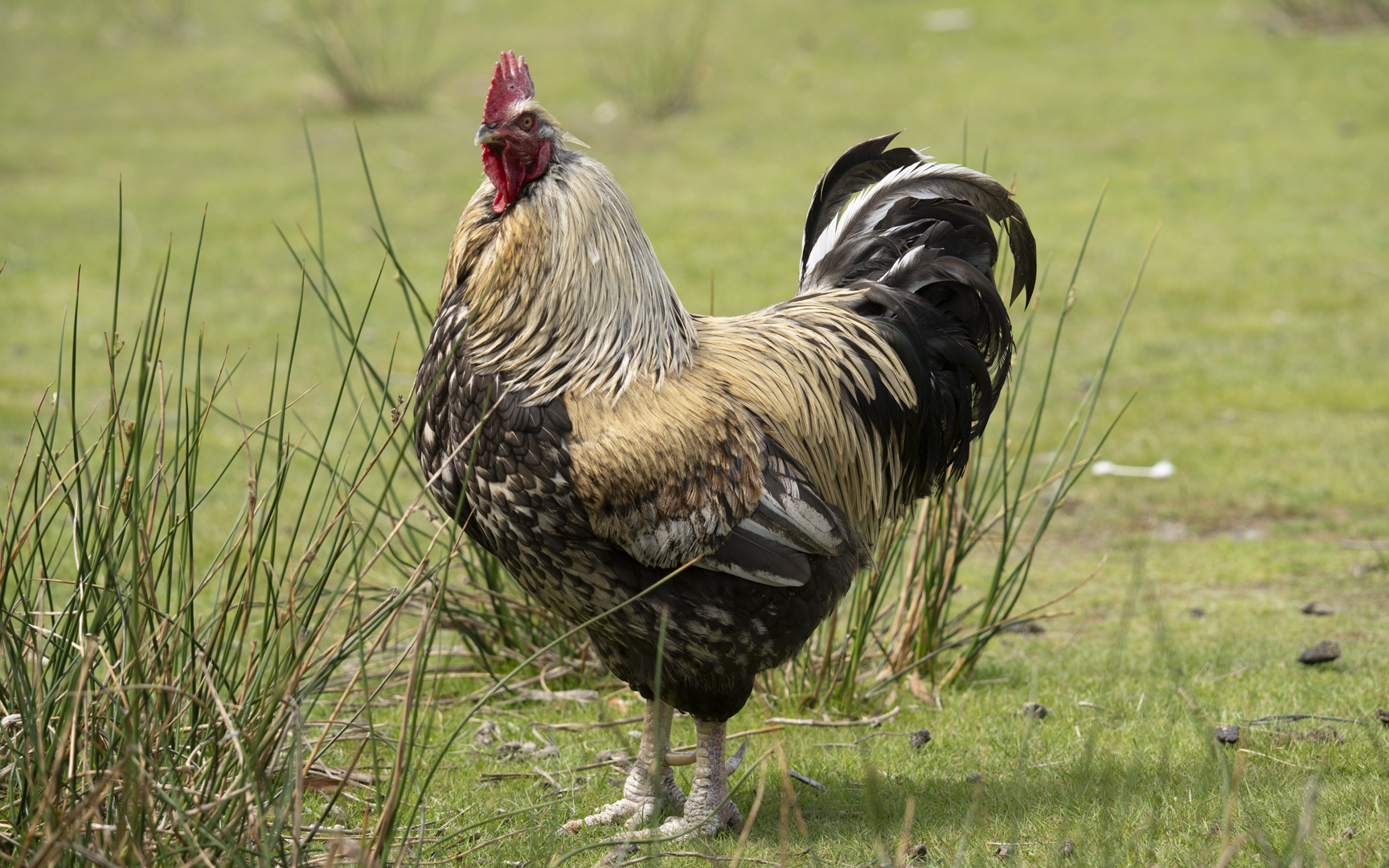魚か鳥か。当サイトのタイトルでありますが、それぞれの領域で観察を続けるなかで、興味深い相違点や特徴に気づいてきました。そこで、様々な観点から「Fish or Bird」を検証するシリーズを投稿していきたいと思います。第一回は同定について考えたいと思います。 同定は、動植物を観察するにあたって避けて通れません。まず、本質的な衝動として名前が知りたい、記録した個体を名無しで放っておくことの居心地の悪さってありますよね。名前を知ることで記憶にも定着しますし、愛着も沸きます。そして、分類学上の位置づけはどうなっているのか、種を跨ぐ繋がりを知ることで生態に対する理解はより深まっていくと思うのです。 Fish or bird. It’s the title of this site, and through continuous observation in each respective domain, I’ve noticed intriguing differences and characteristics. Overhere, I’d like to post a series of “Fish or Bird” from various perspectives. In the first installment, let’s consider “Identification”. I believe identification is unavoidable activity when observing nature. Firstly, there’s an inherent desire to know names, right? There shall be discomfort in leaving recorded individuals nameless. Knowing names helps them stick in memory and fosters attachment. Furthermore, understanding their taxonomic position and inter-species connections deepens ecological comprehension. Who are you guys? Identification Process – Fish vs. Bird では魚と鳥。情報を得やすいのは圧倒的に鳥類です。同定にかかる時間は事実として100倍以上の差があるのではないかと思います。大袈裟ではありません。プロセスはどのように違うでしょうか。 まず、魚類もしくは水中生物の同定をしようとするとき、真っ先に手に取るのは「図鑑」です。全体的な形状、雰囲気から科や属を絞り込み、さらに模様や鰭の形状を細かく見比べて同定に当たりをつけます。その上で、生息地域、環境や水深から確からしさを検証します。Web上に情報が溢れる現代において、印刷物を頼る理由は、信頼性できる良質な生体写真を参照するためです。水中生物を「自然に」撮影するのは容易ではありません。適切なライティングとなるようストロボを調整し、露出とWBに地上の何倍も気を遣って撮影します。さらに同定に必要な特徴がきちんと記録されて図鑑写真となるのです。鰭全開の写真をとることが如何に難しいか、珊瑚から全身を出した瞬間が如何に貴重か。どんなにアーティスティックであっても、かわいらしい正面顔であっても、残念ながら同定には要をなさないでしょう。どういった瞬間をどのように撮影すればよいのか、そういった生態知識を踏まえて撮影された図鑑写真は、プロフェッショナルの仕事の賜物なのです。 Now, fish…
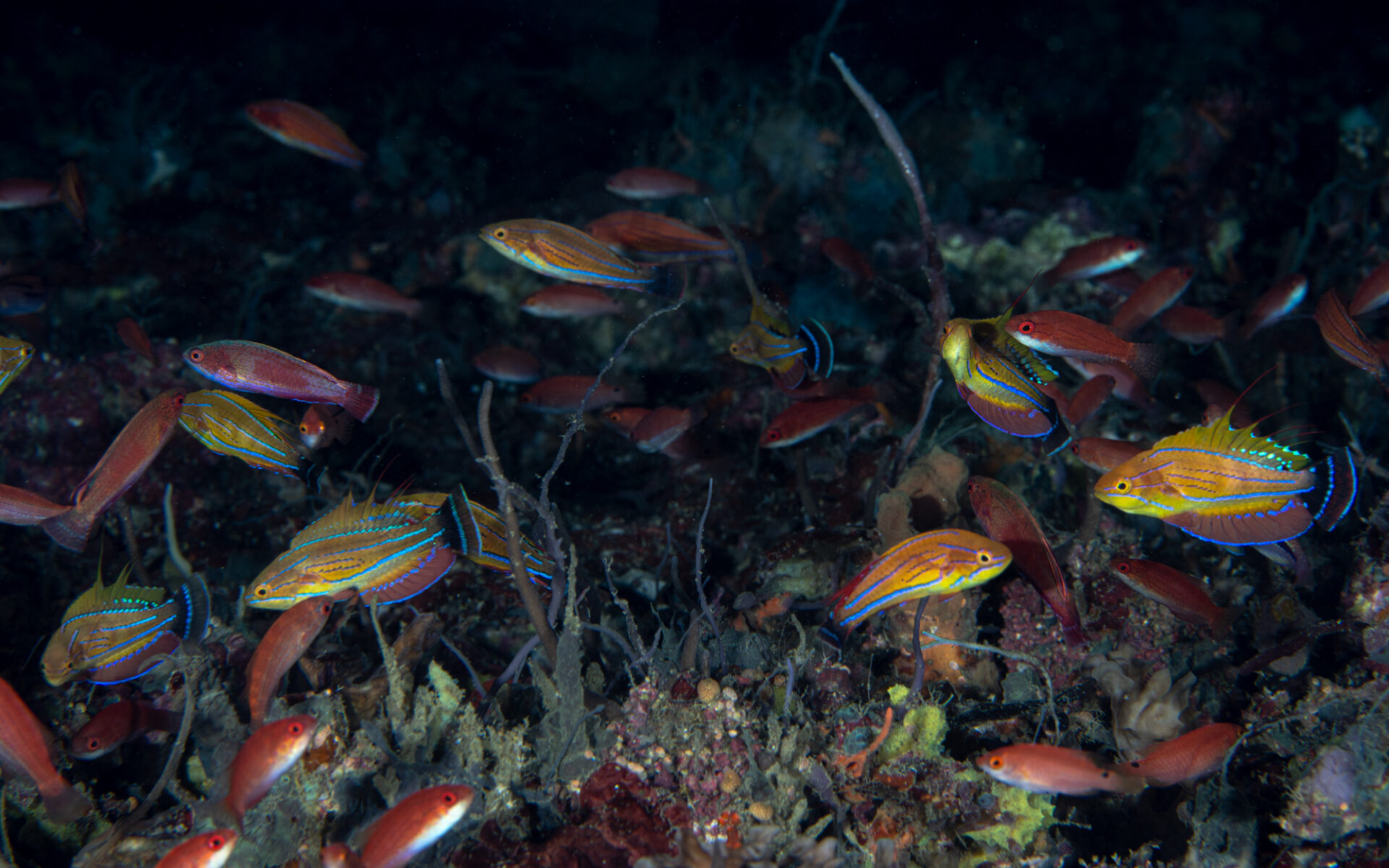
Shooting Wrasses
ベラ。特にフラッシャーラス。それは安易に踏み入れてはいけない世界。超高速で縦横無尽に泳ぎまわるそれらをフレームに収めることが、先ず無理難題なわけであり、、ましてやライティングを整え、鰭が全開となった瞬間にピントを合わせるなど、理解の範疇を超えている。こうした撮影の複雑さに加え、複数バージョンある婚姻色や、鰭の開閉の状況によって別種の如く変容するため、無数に紛れる中からターゲットの個体に狙いを定めるのも難しい。素人を寄せ付けない領域なわけである。しかしながら、ここ東南アジアには日本では見ることができない、いくつもの美しいクジャクベラ属、イトヒキベラ属が生息している。尻込みしているのはもったいない、、意を決して足を踏み入れることとしたのである。その撮影はまさにシューティングゲームであり、下手な鉄砲を数撃った結果でありますが、以下ご笑覧ください。 Wrasses, especially Flasher Wrasse. I used to think of it as a realm one should not easily venture into. First of all, capturing those creatures that swim around at lightning speed in all directions within a frame is a hopeless task. Moreover, refining the lighting and focusing at the moment when their fins are fully spread is beyond the scope of understanding. In addition to the complexity of such photographic techniques, the difficulty of identification is also compounded by the multiple color variations in marriage, and the transformation into a different species depending on the opening and closing of the fins. This creates a world that is difficult for…
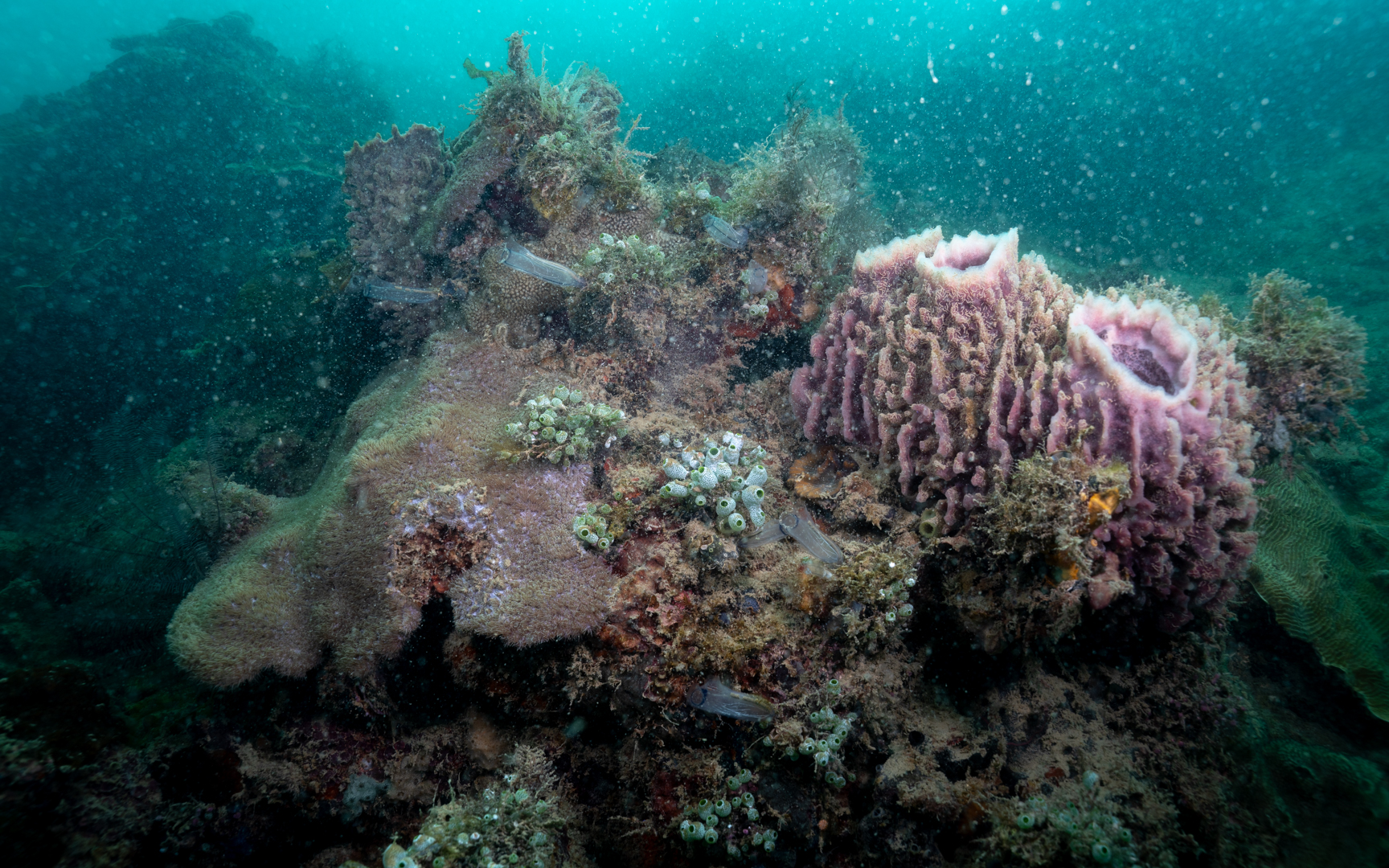
Hantu x Standard Zoom Lens
標準ズームレンズ。レンズ交換式カメラを買ったときに初めて手にする汎用性の高い画角である一方で、「標準」という特別感のなさのためか使用機会が減ってしまっていたレンズでもあります。一般的にも、水中写真に用いられるのはマクロレンズ、魚眼レンズ、超広角ズームレンズといった特殊なレンズ群であり、水中という非日常的空間をより特別に描き出してくれます。しかし諸般の事情から、私のオプションに加わることになった「Sigma 24-70mm F2.8 DG DN Art」という標準ズームレンズを使って、シンガポールの海を撮ってみたところ、想像を超えた楽しい世界がありました。 Standard Zoom Lens. It is typically the first lens you acquire when you buy a DSLR. However, due to its lack of uniqueness, it is often used less frequently. Generally, underwater photographers commonly rely on specialized lenses such as macro lenses, fisheye lenses, and ultra-wide zoom lenses to highlight the extraordinary underwater environment. Nevertheless, for various reasons, I chose to include the “Sigma 24-70mm F2.8 DG DN Art” standard zoom lens in my arsenal. Then I discovered a pleasantly surprising world beyond my imagination. まずは緑色の海に降り注ぐマリンスノー、そしてサンゴたちの写真です。土色をした堆積物を受け止めながら、なお色鮮やかなハードコーラル、ソフトコーラル、そしてホヤの存在を確認できます。光も然程入らないため生育環境はよくないものと思いますが、逞しく存在しています。いずれも10m未満の水深です。 First, we have photos of corals with marine snow gently descending into the green sea. Even as they collect…
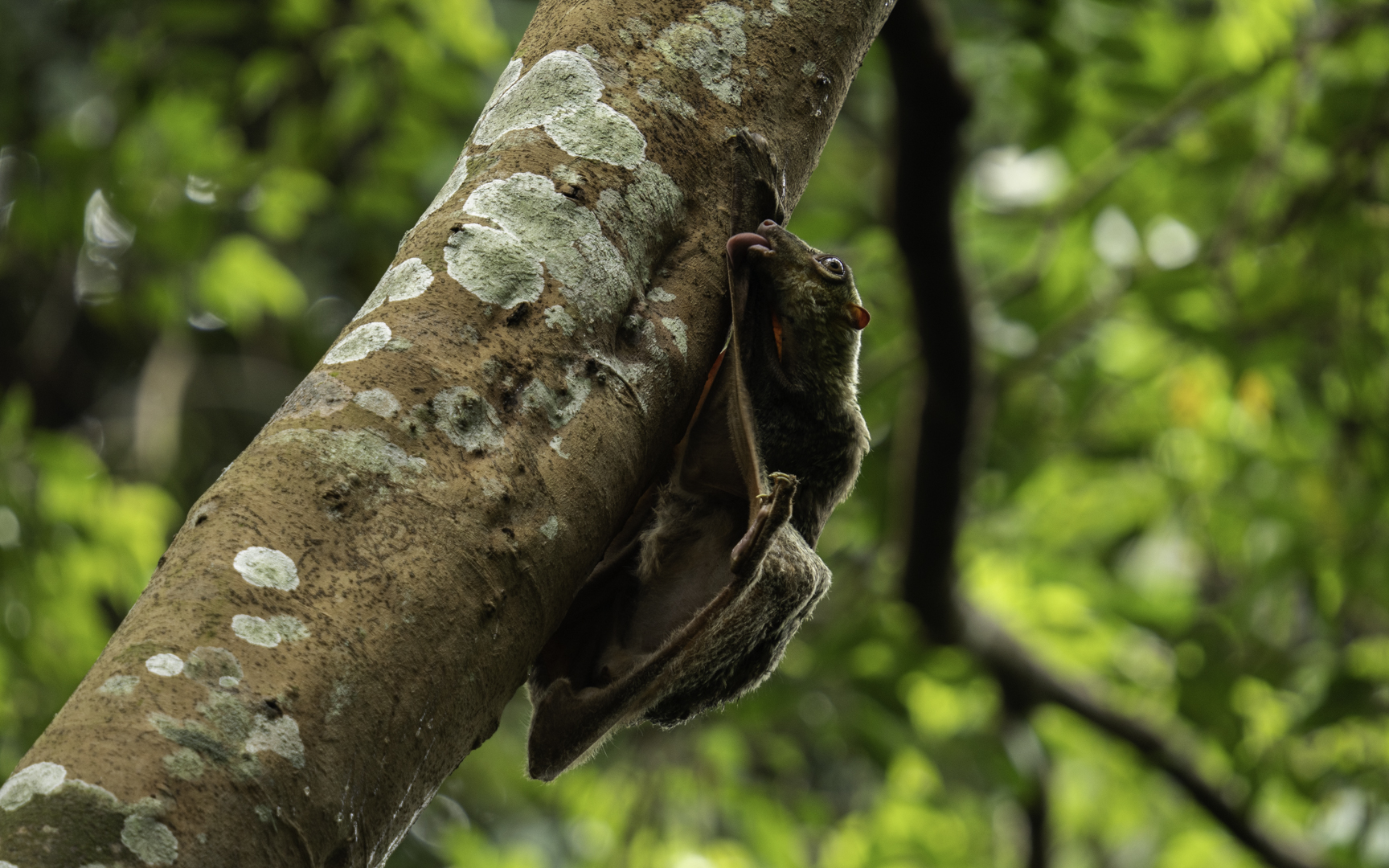
Galeopterus variegatus – マレーヒヨケザル
Have you ever hard about an animal called flying lemur? In Singapore, Malayan flying lemur is observed. While the other species, the Philippine flying lemur (Cynocephalus volans) also exists. ヒヨケザルという動物をご存じでしょうか。サルというのだから、その1種なのかと思われるかもしれないが、ヒヨケザル目ヒヨケザル科を形成する哺乳類である。当地シンガポールで観察されるマレーヒヨケザルの他に、フィリピンヒヨケザル(Cynocephalus volans)が存在している。 As you can see, the limbs are connected by like a thin membrane, which is for gliding like a flying squirrel.It is normally not very active in the daytime, however the individual I met at Rifle Range Link was not like that, licking and cleaning its membrane, and glaring at me.After observing it for a while, it probably wanted to get away from me, and it went up high in the tree.Since it became difficult to see, I was…
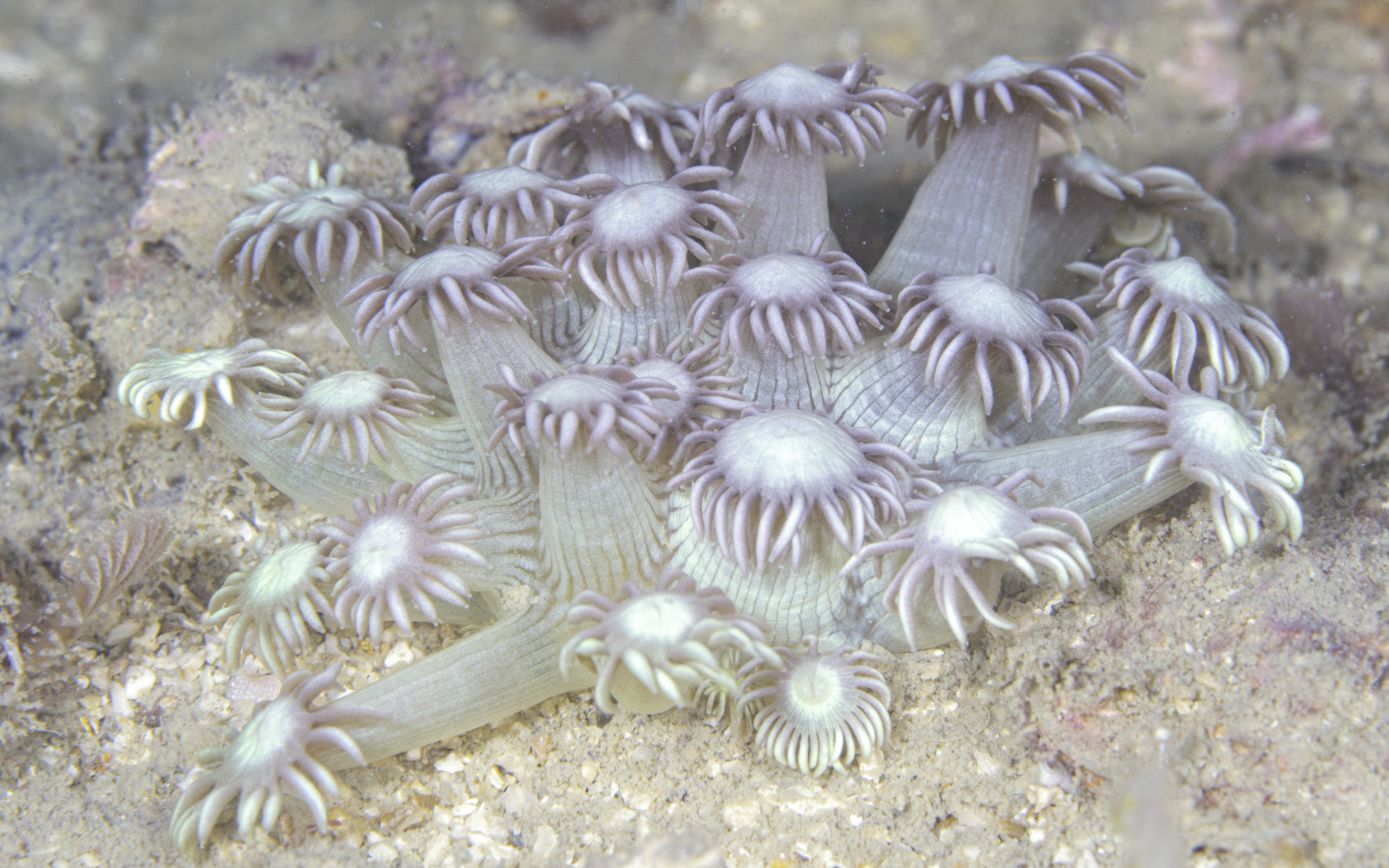
HAEMONO in Singapore
Haemono Diving There are many ways and purpose for diving and underwater photography is one of them, which has two major division; wide and macro.The wide is for schools of fish, sea mammals and sharks with coral scenery.The macro is for a few centimeters creatures, capturing a world unable to observe with naked eyes. Each field can be subdivided according to the subject. In terms of macro, it will be gobies, wrasses, anthias, nudibranchs, crustaceans (shrimp & crabs), and plankton as major genre. In such a deep underwater photography world, “HAEMONO” consists especially unique genre. That remarkable feature is “vertebrates are not its subjects”. In other words, they target suspicious…
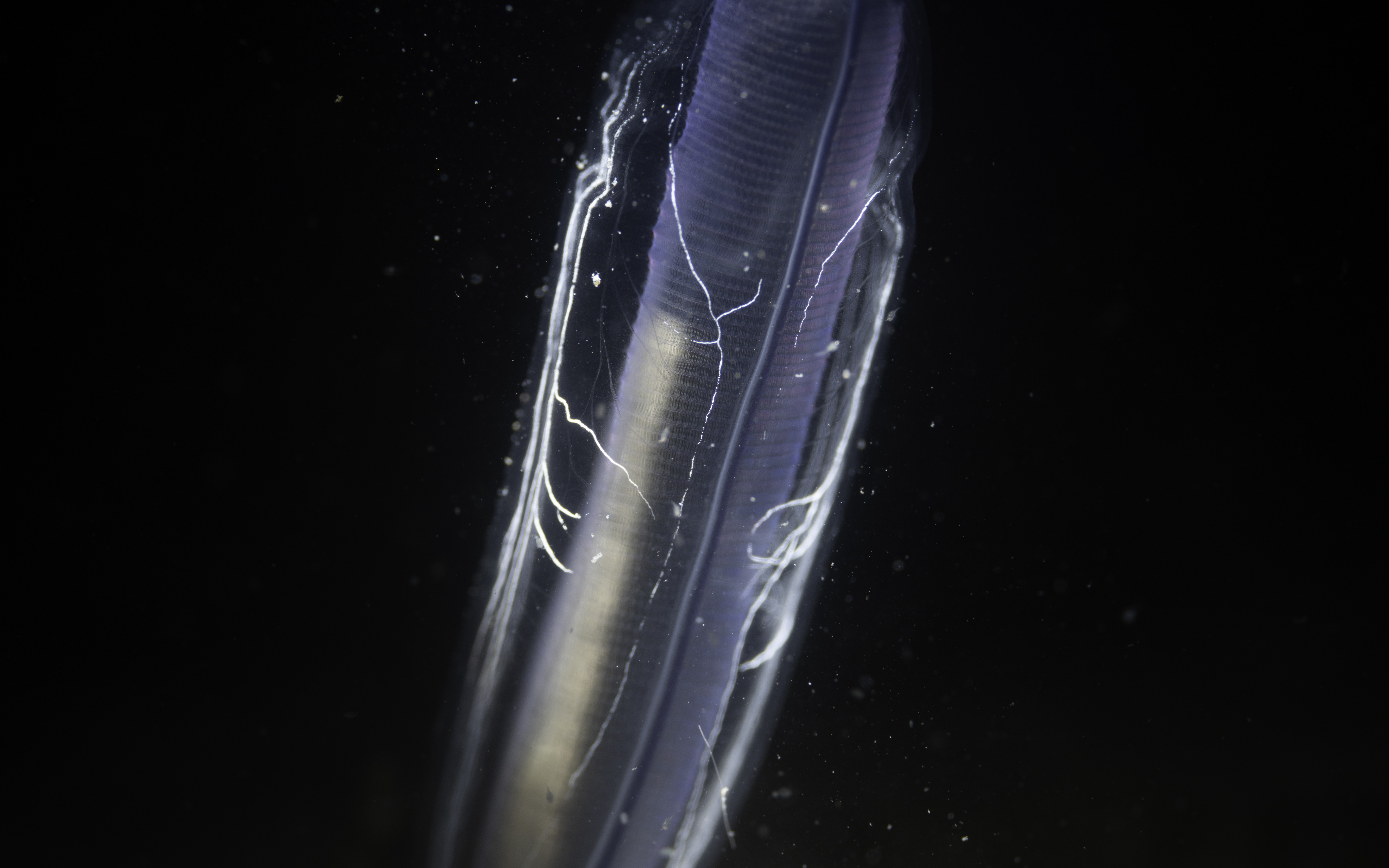
Lighting in Snowish Sea
1. Blizzard Always Visibility is one of the most important factors that characterize a diving experience. Typically, people prefer clearer and bluer waters, with visibility over 20 meters. Drifting through beautiful coral reefs while schools of sharks and eagle rays pass by is an unforgettable sight. As someone who loves macro photography, higher visibility also offers many benefits, making it easier to spot and capture fish. However, when it comes to diving in Singapore, desiring more than 10 meters of visibility might be asking too much. In reality, you should expect less than 5 meters. Continuous marine snowfall, at times resembling a blizzard, settles on the coral, making photography complicated.…
